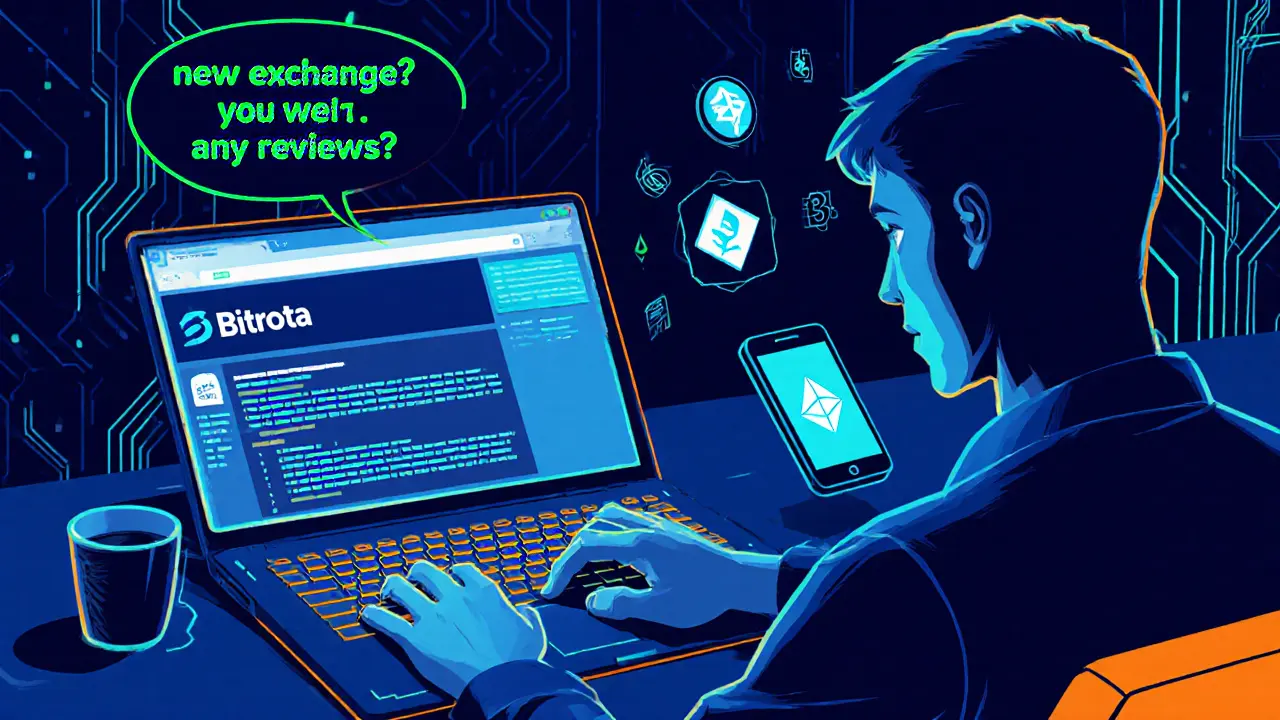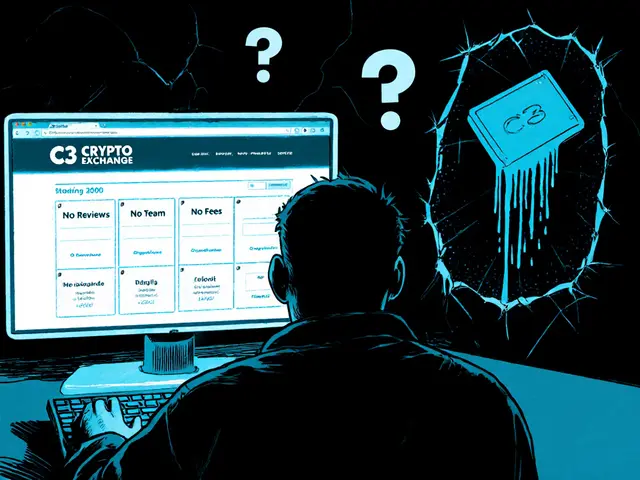P2P Crypto Platform: What It Is and Why It Matters
When working with P2P crypto platform, a decentralized marketplace where users trade digital assets directly without a central intermediary. Also known as peer‑to‑peer crypto exchange, it enables faster swaps, lower fees, and local payment options. Did you know that over 40 % of crypto volume in Nigeria now flows through these networks? Understanding the P2P crypto platform landscape helps you spot real opportunities and avoid hidden traps. In simple terms, a P2P crypto platform = peer‑to‑peer trading + user‑controlled custody + community‑driven pricing.
Security is the backbone of any peer‑to‑peer marketplace. Crypto exchange security, the set of tools and practices that protect user funds from hacks and fraud isn’t optional; it’s a prerequisite. Cold storage wallets, biometric two‑factor authentication, and multi‑party computation are now standard on top platforms. When a platform’s security model aligns with regulatory safeguards, users feel confident placing large orders, and liquidity naturally increases. In practice, a robust security framework reduces the likelihood of a bad‑actor stealing assets, which in turn boosts the platform’s reputation and trading volume.
Regulation shapes how P2P platforms operate across borders. Regional crypto regulation, government rules that dictate licensing, KYC, and AML requirements for digital asset services can either unlock new markets or shut down entire networks. For example, the FCA’s advertising rules in the UK force platforms to display clear risk warnings, while Nigeria’s relatively open stance on peer‑to‑peer trading has spurred a boom of local user bases. When regulators require transparent user verification, platforms must integrate identity checks, which adds a layer of trust but also raises operational costs.
Key Factors When Choosing a P2P Platform
Beyond security and regulation, three practical aspects decide whether a platform fits your needs: liquidity, fee structure, and payment method diversity. High liquidity ensures you can execute large trades without slippage; platforms that aggregate orders from multiple regions tend to offer deeper order books. Low, transparent fees keep your profit margins intact—watch out for hidden withdrawal charges that some unregulated exchanges hide. Finally, a wide array of payment options—from bank transfers to mobile money—makes it easier to move fiat in and out of the crypto ecosystem, especially in emerging markets.
All of these pieces—peer‑to‑peer trading, security protocols, and regulatory context—interlock to define the modern P2P crypto platform. Below you’ll find a curated set of articles that dive deeper into each area, from Nigeria’s fast‑growing market to detailed security checklists and the latest global regulation trends. Grab the insights you need, compare platforms, and sharpen your trading strategy before you jump into the next trade.




